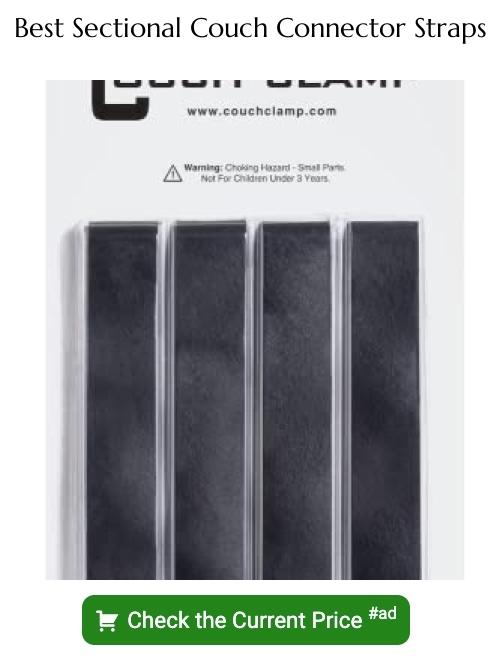Last updated on
Discover the simple steps to effortlessly connect your sectional couch, transforming your living space into a cozy and stylish haven.
Are you struggling to connect your sectional couch? Don’t worry, you’re not alone! Connecting a sectional sofa can be a bit of a puzzle, especially if it’s your first time doing so. But fear not, with the right tools and steps, you can easily connect your sectional sofa pieces together like a pro.
In this article, we’ll guide you through the process step-by-step and provide some helpful tips along the way. So grab your tools and let’s get started on connecting that sectional couch!
Table of Contents
Types of Sectional Couch Connections

There are several types of sectional connections available, each with its own unique method of attachment. The most common connection methods include bracket-based connections, hook-and-eye connections, and clamp-style connections.
Bracket-based sectionals use metal brackets that attach to the bottom of each section. These brackets slide into place on the adjacent piece and secure with screws or bolts for a sturdy connection.
Hook-and-eye sectionals feature hooks on one end of a piece that latch onto eyes located on another piece’s opposite end. This type is easy to connect but may not be as stable as other options.
Clamp-style connectors use clamps or clips attached underneath each sofa segment’s frame sides; these clamps hold two pieces together tightly without any additional hardware needed for assembly.
Tools Needed for Connecting
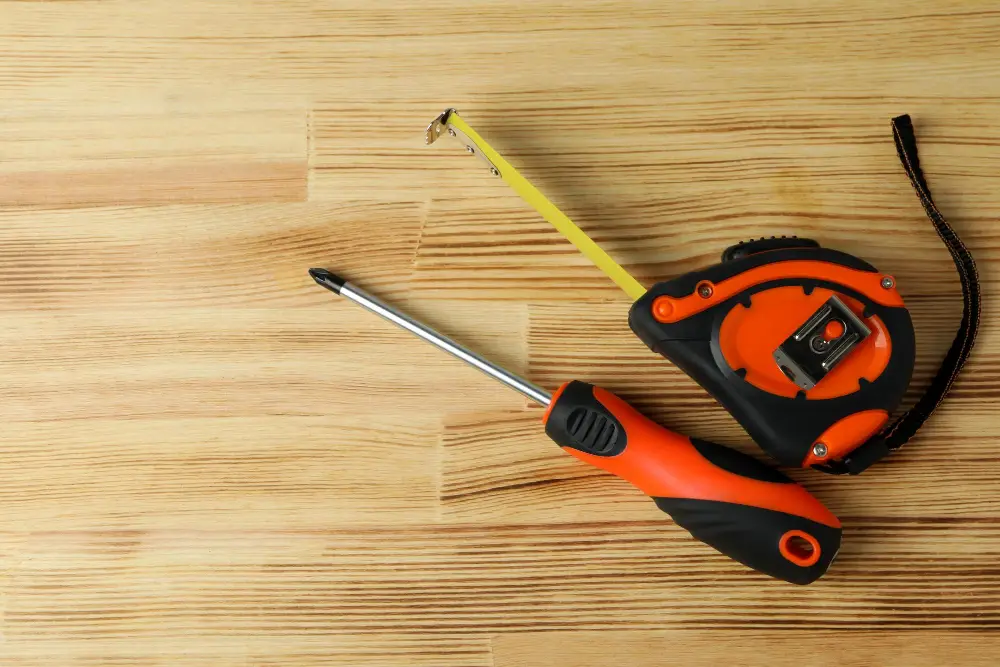
Here are some of the essential tools you’ll need:
1. Measuring tape: You’ll need this to measure the dimensions of your room and ensure that your sectional fits properly.
2. Screwdriver: Depending on the type of connection method used for your sectional, a screwdriver may be necessary.
3. Wrench or pliers: Some sectionals require bolts or nuts to be tightened during assembly, so having a wrench or pliers can come in handy.
4. Rubber mallet: A rubber mallet is useful for gently tapping sections into place without damaging them.
5. Leveler tool (optional): If you want to make sure that each section is level with one another, then using a leveler tool can help achieve this goal.
Unpacking and Preparing Your Sectional
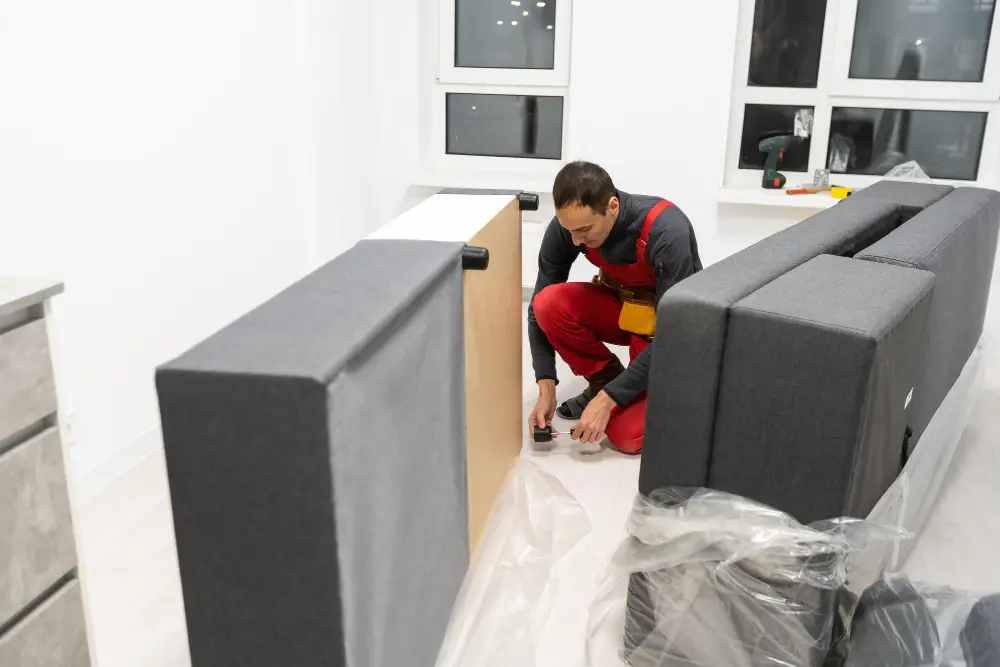
Begin by carefully unboxing each section of the sofa and removing any packaging materials. Be sure to inspect each piece for any damage or defects before proceeding with assembly.
Next, clear a large space in your living room where you can lay out all of the sections. This will give you ample room to work on connecting them together without feeling cramped or restricted.
It’s also a good idea to have someone help you during this process as some sectional sofas can be quite heavy and difficult for one person to maneuver alone.
Once everything is unpacked and laid out, take a moment to familiarize yourself with each section of the sofa so that when it comes time for assembly, you’ll know exactly which pieces go where.
Identifying Connection Methods

There are three main types of connections: bracket-based, hook-and-eye, and clamp-style. Each type has its own unique way of connecting the sections together.
Bracket-based sectionals use metal brackets that attach to each piece of furniture with screws or bolts. These brackets then connect to one another using more screws or bolts.
Hook-and-eye sectionals have hooks on one end and eyes on the other end that fit into each other like a puzzle piece.
Clamp-style sectionals use clamps that tighten around two pieces of furniture until they’re securely connected.
Identifying which type your sectional uses will help you determine what tools you’ll need for assembly as well as how much time it will take to put everything together properly.
Safety Precautions
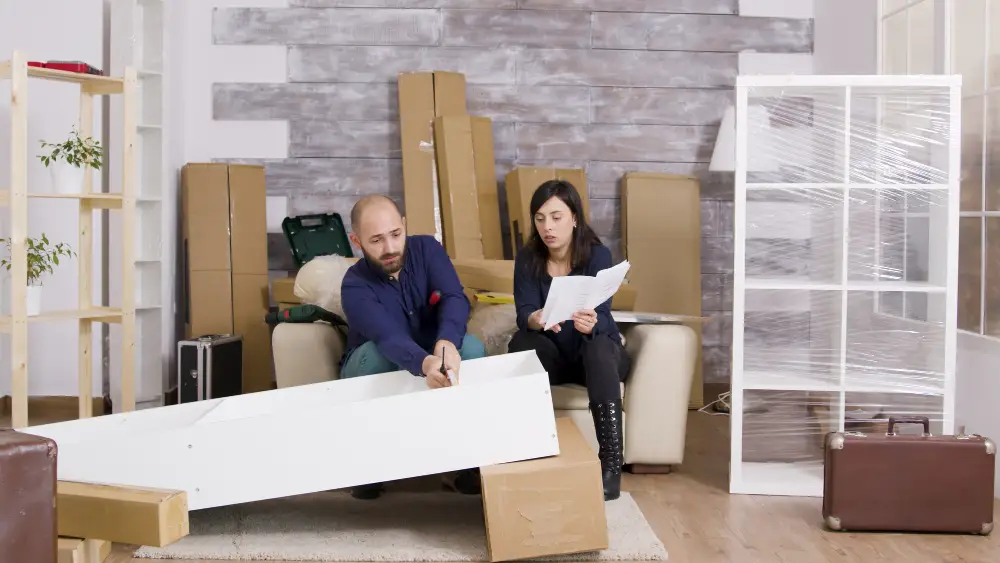
First and foremost, make sure you have a clear workspace with enough room to maneuver the sections of your sofa. This will help prevent any accidents or injuries while you’re working on connecting them.
Be mindful of the weight and size of each section as you move them around. Some pieces may be heavier than others and require more than one person to lift safely.
It’s also crucial that you follow all manufacturer instructions when assembling your sectional couch. These instructions will provide specific guidance on how to connect each piece together safely and securely.
Aligning the Couch Sections

This step is crucial in ensuring a secure and stable connection between each piece of your sofa. Start by placing all sections on an even surface, such as a flat floor or carpeted area.
Next, check that each section is facing the correct direction according to your desired layout. If you’re unsure which way they should face, consult the manufacturer’s instructions or reference photos online.
Now comes the tricky part: lining up each section so that they fit together seamlessly. It may take some trial and error to get them aligned correctly – don’t be afraid to adjust and reposition until everything lines up perfectly.
If you’re having trouble getting two pieces of your sectional couch lined up properly, try using another person as an extra set of hands – this can make it easier to hold one piece steady while adjusting another.
Remember not to force any connections if they aren’t fitting together smoothly; this could damage both pieces or cause injury.
Connecting Bracket-based Sectionals
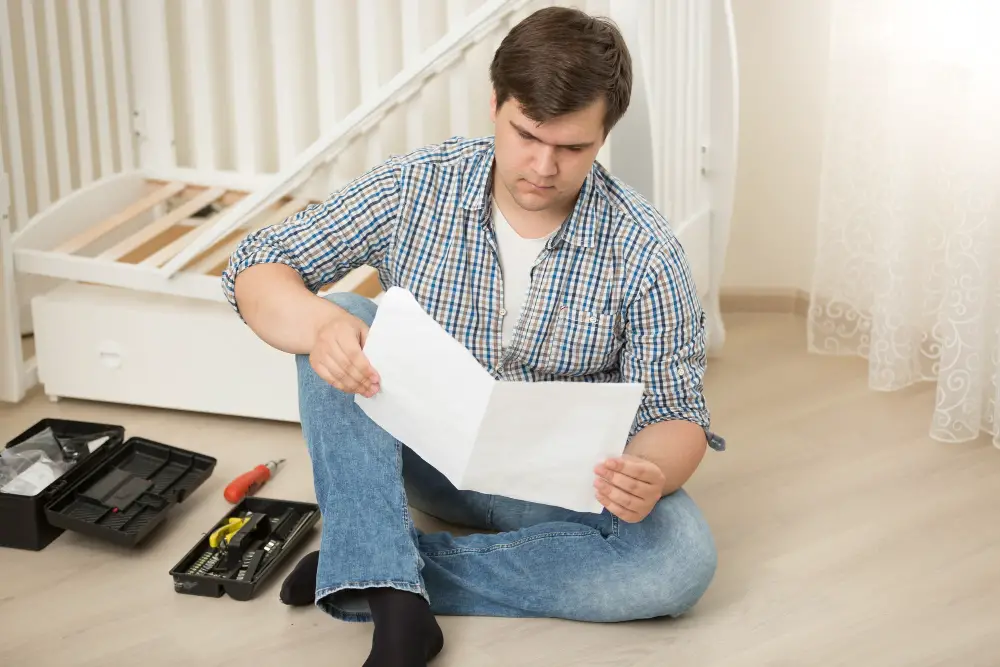
They use metal brackets that attach to each piece, allowing them to be securely connected together. To connect a bracket-based sectional, start by identifying the brackets on each piece and ensuring they are properly aligned.
Then, insert screws into the pre-drilled holes in each bracket and tighten them with a screwdriver or drill.
It’s important to note that some manufacturers may have specific instructions for connecting their particular brand of bracket-based sectionals. Be sure to read any included manuals or guides carefully before attempting assembly.
Once all pieces are securely attached using the metal brackets, test your connection by gently pushing on different sections of your newly connected sofa.
Connecting Hook-and-eye Sectionals
They use hooks and loops to connect the sections together, making them easy to assemble and disassemble when needed. To connect a hook-and-eye sectional, start by aligning the sections properly so that the hooks on one piece line up with the loops on another piece.
Then, gently push or press down on each section until you hear a click or feel it lock into place.
It’s important to note that some hook-and-eye connections may require additional tools such as pliers or screwdrivers for added leverage during assembly. Always refer to your manufacturer’s instructions for specific details regarding your particular model.
Once connected, ensure that all pieces are securely fastened before using your new sectional couch.
Connecting Clamp-style Sectionals
This type of sectional couch has metal clamps on the underside of each piece, which are designed to fit into corresponding brackets on the adjacent sections. To connect a clamp-style sectional, start by aligning the two pieces you want to join together and slide them towards each other until they meet in place.
Next, locate the metal clamps underneath both sections and ensure they are facing upwards. Then insert one end of a connecting bracket into one side’s clamp while holding it firmly in place with your hand or foot.
Once you have inserted one end of a bracket into its respective clamp, repeat this process for all remaining brackets until all pieces are securely connected.
Ensuring Proper Connection

A poorly connected sectional can be a safety hazard and may cause discomfort when sitting or lounging on it. To ensure proper connection, check each section of the sofa for any gaps or misalignments.
If there are any issues, try adjusting the sections until they fit snugly together.
Another way to ensure proper connection is by testing out your newly assembled sectional couch with some weight on it. Sit down gently on each section of the sofa and see if there are any wobbles or creaks in its structure.
If everything feels sturdy and comfortable, then congratulations! You have successfully connected your sectional couch.
Troubleshooting Common Issues

Don’t worry, we’ve got you covered! Here are some common issues that may arise and how to troubleshoot them:
1. Misaligned Sections: If your sectional pieces aren’t lining up properly, double-check that they’re facing the right direction and try adjusting their position.
2. Loose Connections: If your sections keep coming apart or feel wobbly after connection, make sure all brackets or hooks are securely fastened.
3. Missing Parts: Before assembling your sectional couch, ensure you have all necessary parts by checking the manufacturer’s instructions carefully.
4. Uneven Height: If one section is higher than another after connection, check for any obstructions underneath it and adjust accordingly.
5. Damaged Pieces: Inspect each piece before assembly for any damage such as scratches or dents; if found contact customer service immediately to request replacement parts.
Tips for Disassembling Sectionals

Whether you’re moving to a new home or rearranging your living space, taking apart and reassembling your sectional sofa is an essential skill to have. Here are some tips for disassembling sectionals:
1. Take pictures: Before you start disassembly, take photos of the sections in their connected state so that you can easily remember how they fit together.
2. Label each piece: Use masking tape or sticky notes to label each piece with its corresponding location on the couch.
3. Keep hardware organized: Place all screws, bolts and other small parts in labeled plastic bags so that they don’t get lost during transport.
4. Follow instructions carefully: If possible, refer back to the manufacturer’s instructions for proper disassembly procedures specific to your sectional model.
Maintaining and Cleaning Your Connected Sectional Couch

Regular maintenance will help prevent wear and tear on the connections, ensuring that your sectional stays securely connected for years to come.
To keep your sectional couch in top condition, start by vacuuming or brushing off any loose dirt or debris from the surface of the cushions. For spills or stains, use a mild detergent solution and a soft cloth to gently blot away any excess liquid before cleaning with water.
If you have pets at home, consider using a pet hair remover tool like a lint roller or brush attachment for your vacuum cleaner. This will help remove pet hair from upholstery fabric without damaging the material.
Be sure to rotate cushions periodically so that they wear evenly over time. This can also help prevent sagging in certain areas of the sofa.
Caring for Your Connected Sectional
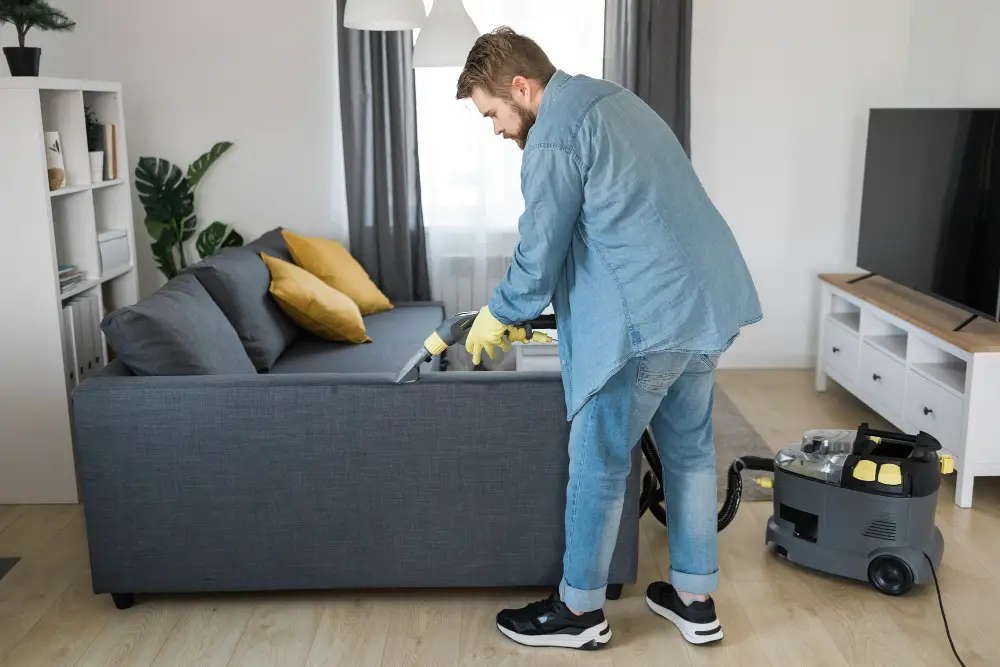
Regular maintenance and cleaning will not only keep your sofa looking great but also prevent any damage or wear and tear over time.
To care for your connected sectional, start by vacuuming the cushions and crevices regularly to remove any dirt or debris that may have accumulated. You can also use a soft-bristled brush attachment on the vacuum cleaner for more delicate fabrics.
If there are any spills or stains on the fabric, clean them up immediately with a damp cloth before they set in. Avoid using harsh chemicals as they can damage the material; instead, opt for mild soap solutions specifically designed for upholstery cleaning.
For leather sectionals, wipe down with a dry cloth regularly to remove dust buildup. Use leather conditioner every six months to keep it supple and prevent cracking.
Lastly, avoid placing sharp objects near or on top of your sectional couch as this could cause scratches or tears in the fabric/leather surface.
Disconnecting the Sections
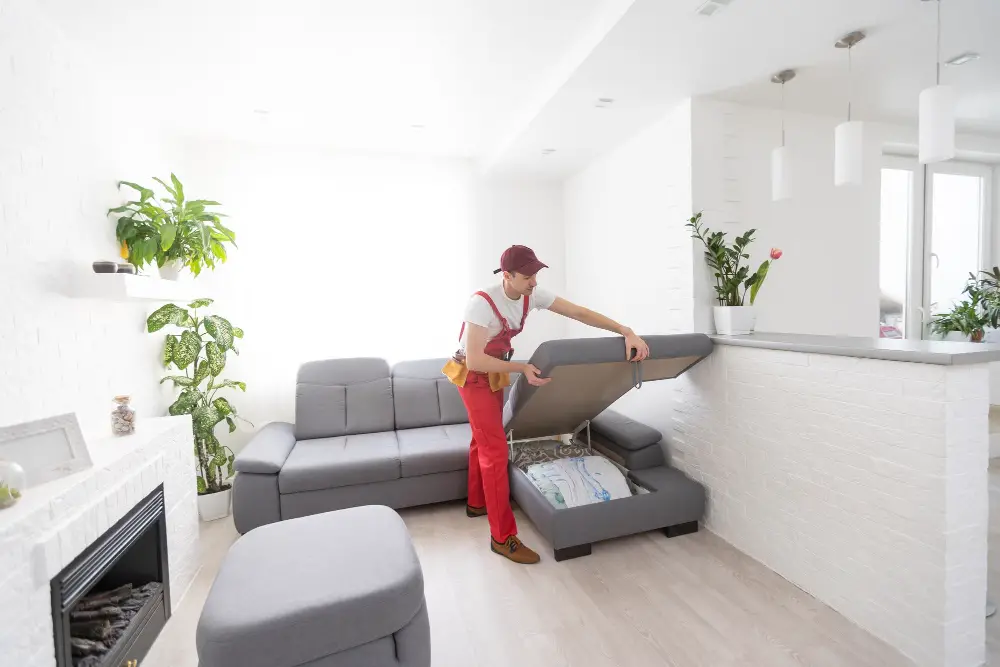
The process of disconnecting is essentially the reverse of connecting, but there are a few things to keep in mind.
Firstly, make sure that you have enough space around the couch sections before attempting disconnection. This will prevent any damage or scratches on walls and floors.
Next, identify which connection method was used for your sectional sofa and follow the steps in reverse order. Be sure to remove all brackets, hooks-and-eyes or clamps before pulling apart each section gently.
It’s important not to force anything during this process as it can cause damage both structurally and aesthetically. If you encounter any resistance while trying to separate sections from one another – stop immediately! Take a step back and reassess what might be causing difficulty before proceeding further with disassembly.
Rearranging the Sofa

One of the best things about a sectional is its versatility and flexibility in terms of layout. You can change up the configuration depending on your mood or needs, whether you’re hosting a party or just lounging at home.
To start rearranging your sofa, first consider how much space you have to work with and what kind of layout would be most functional for your lifestyle. Do you want an open concept living room? Or do you prefer more defined spaces within one room?
Next, experiment with different arrangements by moving each section around until it feels right. Don’t be afraid to try out unconventional layouts – sometimes they end up being even better than traditional ones!
Customizing Your Sectional Layout

One of the great things about a sectional sofa is its versatility – you can rearrange it in countless ways to suit different occasions or moods. Here are some tips for customizing your sectional layout:
1. Consider Your Space: Take into account the size and shape of your room when deciding on a layout for your sectional couch.
2. Experiment with Different Configurations: Try out different arrangements until you find one that works best for both function and aesthetics.
3. Add Accent Pillows: Use accent pillows in complementary colors or patterns to add visual interest and tie together different sections of the sofa.
4. Incorporate Other Furniture Pieces: Consider adding other furniture pieces such as an ottoman, coffee table, or side tables around the sectional couch to create a cohesive look.
5. Don’t Be Afraid To Change It Up: Remember that there’s no right or wrong way when it comes to arranging a sectional sofa – feel free to switch up configurations whenever inspiration strikes!
Community Q&A

That’s why we’ve included a community Q&A section to address any additional inquiries you may have. Our team of experts and fellow readers will be happy to provide answers and advice based on their own experiences with sectional sofas.
Whether it’s tips for rearranging your connected sofa or troubleshooting common issues, our community is here to help. So don’t hesitate to ask any questions in the comments section below!
FAQ
How are sectional couches connected?
Sectional couches are connected either through gravity by aligning units, or by using clips, bolts, or screws to keep them in place.
How do you connect sofas together?
To connect sofas together, remove the cushions, determine the correct sides, align and secure the brackets, and finally, replace the seat cushions.
Do sectionals hook together?
Yes, sectionals hook together using clips that link together to ensure a secure configuration.
Does a sectional have to be connected?
No, a sectional does not have to be connected as the pieces are sturdy and heavy enough to stay in place without fastening them together.
What types of connectors are commonly used for securing sectional couches?
Common connectors used for securing sectional couches include C-shaped clamps, L-shaped hooks, and metal interlocking brackets.
Are there any alternative methods to join sectional couch pieces if original connectors are missing?
Alternative methods to join sectional couch pieces include using replacement connectors, universal sectional sofa connectors, or creative DIY options like Velcro, hooks, or cable ties.
How can I prevent my sectional couch from separating during use?
To prevent your sectional couch from separating during use, consider using sectional connectors or straps to securely fasten the sections together.
